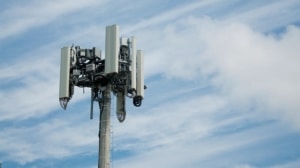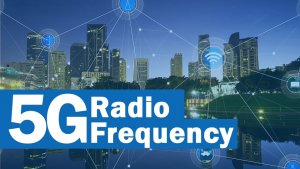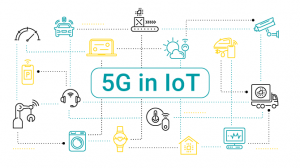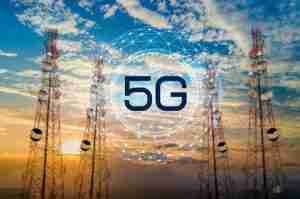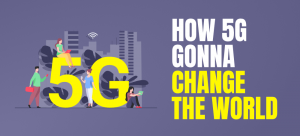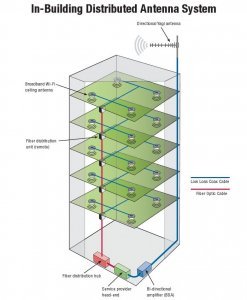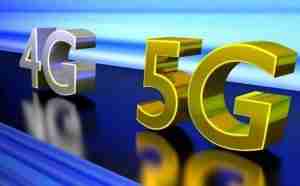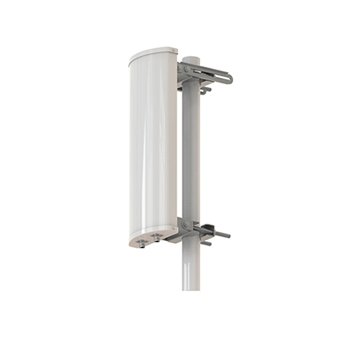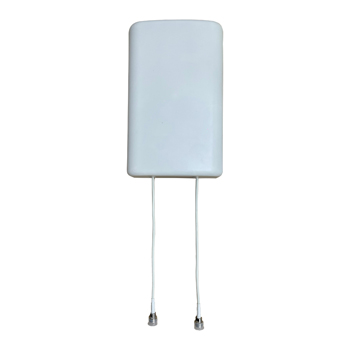
Laser Soldering: New Welding Technology for 5G RF Antenna
As people’s demand for high-speed, stable, and large-capacity communications continues to grow, 5G technology has emerged. In 5G communications, RF antennas are key components, and their welding process faces unprecedented challenges and opportunities. Traditional manual welding methods are not only inefficient, but also difficult to ensure welding quality and stability under high-frequency and high-speed signal transmission, which is directly related to the coverage and communication quality of 5G networks. Therefore, the application of laser soldering technology is particularly important. The Importance of 5G RF Antennas The emergence of 5G technology not only brings higher data transmission rates, but also enables wider connectivity and lower latency. To achieve these goals, 5G RF antennas need to meet a series of stringent requirements. 5G communications use higher frequency bands, which requires antennas to have higher gain and directivity to ensure signal transmission quality. 5G networks need to support more antenna arrays to implement

